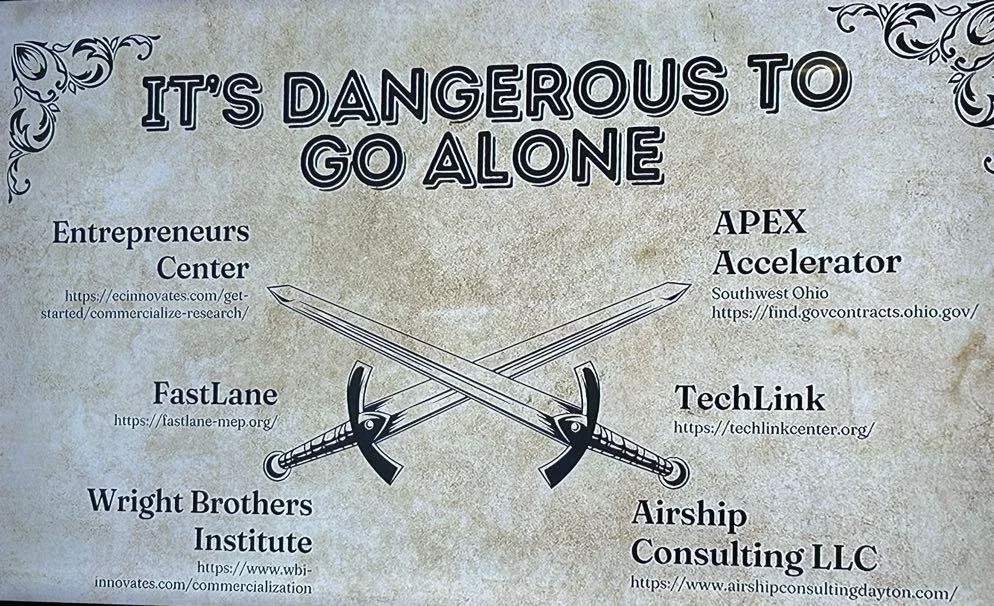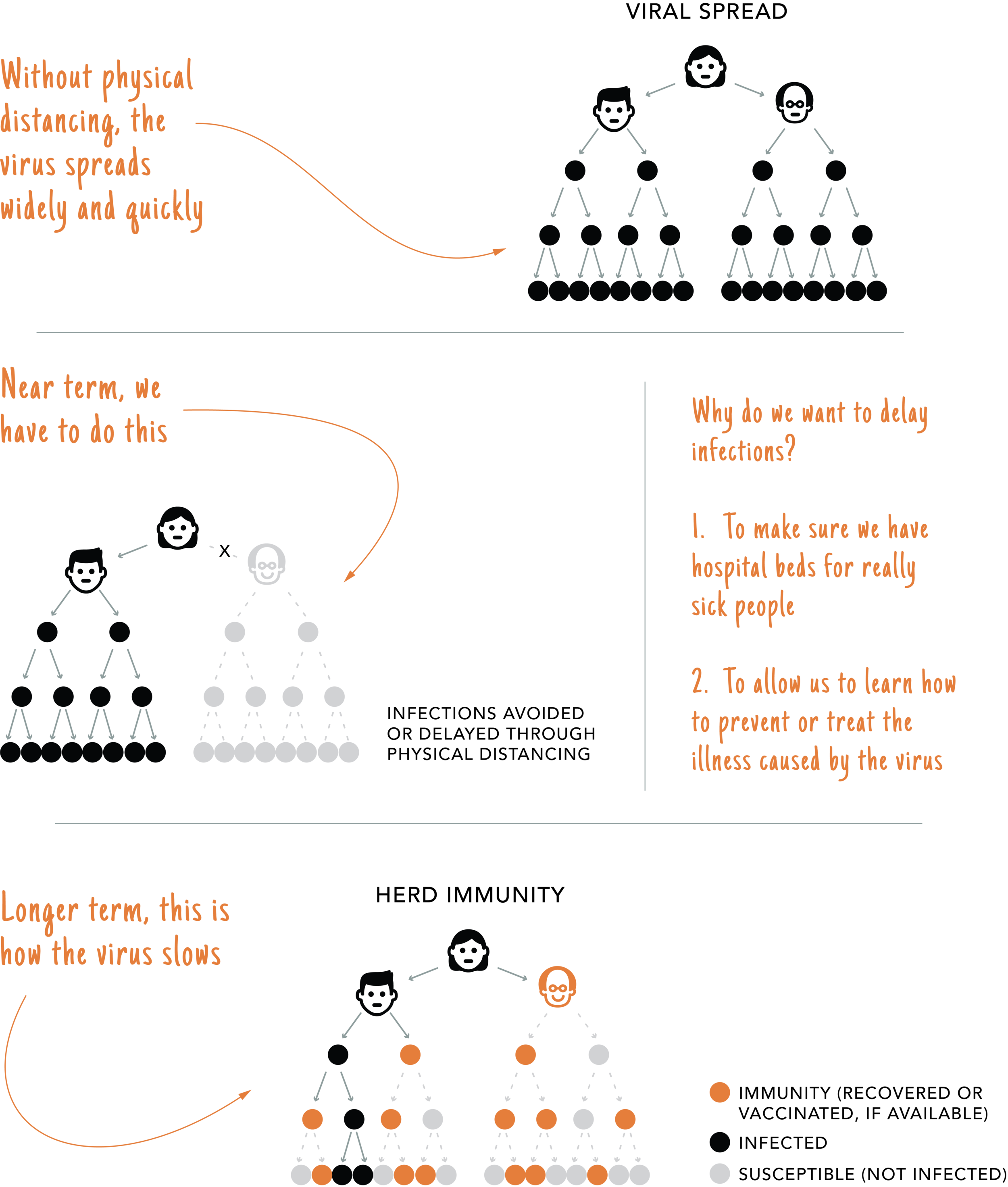There’s strong evidence to support that COVID-19 is airborne. What does that mean? We help breakdown the differences between droplets and aerosols to keep you informed and safe.
COVID-19, Wildfires, Air, and You
Applied Public Health Research & Development
This Testing Stuff is Confusing!
Some COVID-19 tests look for the virus (SARS-CoV-2) that causes COVID-19 and some tests measure antibodies our body creates to fight the virus. The black line below shows the virus during infection and the orange lines shows two types of antibodies that our body creates after we have been infected. This chart illustrates how SARS-CoV-2 (Virus) and antibody testing related to each other and is based on what is known as of May 2020.
How Thinking Through the Lens of Both Public Health and Business Will Allow You to Plan for the Future of Your Organization
This workshop will guide you through taking a holistic look at your organization, while also factoring in various scenarios of how the epidemic may unfold. With a more comprehensive view of the next 18 months, you can position your organization to adapt as needed, while the globe navigates this pandemic.
Tuesday, June 2, 12:00 - 1:00
What Do We Know About Coronaviruses?
There are 7 coronaviruses that we know cause illness in people. Four of them cause upper respiratory illnesses (a.k.a., common colds). Three of them are lower respiratory illnesses and have been discovered in the last 20 years. These coronaviruses are more serious.
How Do We Fight an Epidemic (a.k.a. Public Health 101)?
Public Health has always been focused on epidemic prevention, using standard practices. These public health methods include testing with quick results, isolating positives and contact tracing, or looking for people who have been exposed to the infected person. These practices have been successfully used by public health practitioners through numerous epidemics.
How Does a Pandemic Stop?
Physical distancing prevents infections so. we can maintain enough hospital beds and give medical professionals time to get better at treating COVID-19. Eventually, as people develop immunity or become immune because a vaccine is available, the epidemic will slow. This tipping point in immunity is called Herd Immunity and most experts think 60-70% of the population needs to be immune before the epidemic slows.
So What's the Big Deal with this Virus?
Physical distancing will prevent infections. With fewer infections, we have enough hospital beds to treat those who need them. With enough beds, we can save some of the lives of those most impacted by the virus, those over age 60.

















